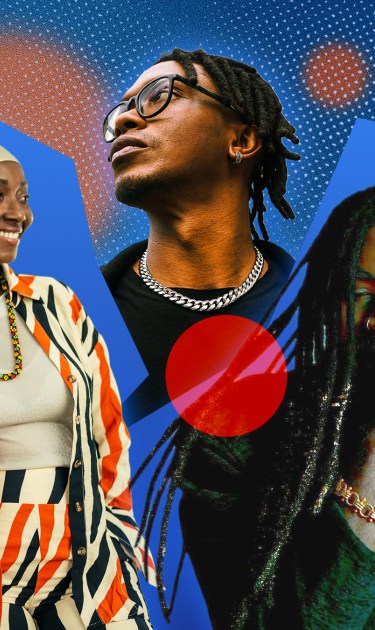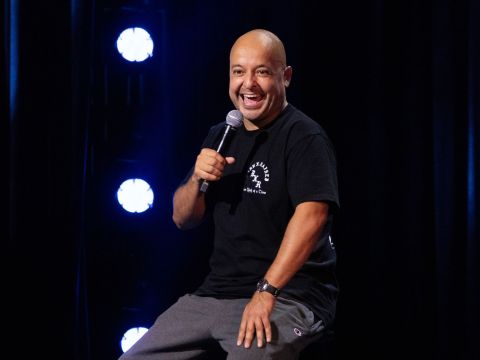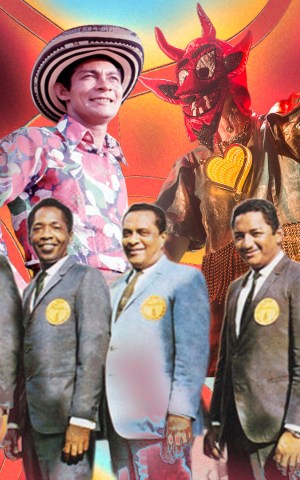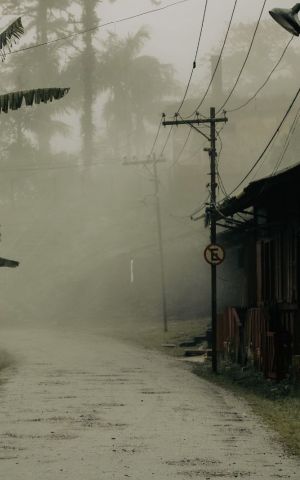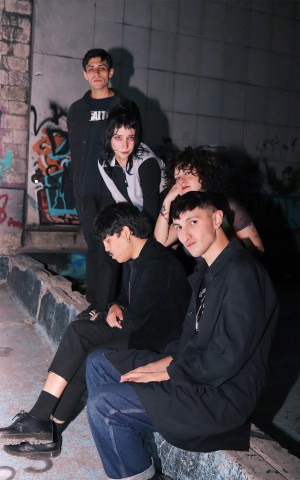This past August, the Petronio Álvarez Festival in Cali, Colombia, the largest Afro-Latine music showcase in the Spanish-speaking world, carried the memory of West Africa through marimbas, the taste of creolized mariscos encocados, and the swirl of dancing pañuelos. El Petronio is also a living archive where centuries of Afro-Colombian tradition flourish in rhythm, flavor, and dance, taking place every year since 1997. The festival attracted over 800,000 guests this year. It proudly celebrated genres across the Pacific region like bunde and chirimía, which were born from the collision of African percussion and European brass centuries ago.
But these folklore traditions aren’t stuck in the past; they are happening now, in real time, as new generations of artists like Nidia Góngora, Alexis Play, and Jossman reshape these genres for new audiences and global stages. Over the years, these artists have graced El Petronio’s stage, keeping the essence of folkloric beats alive.
Bunde, which blends African percussion with religious devotional song, carries equal weight in modern contexts. In “Mi Bunde,” Nidia Góngora, honored with the Petronio Lifetime Achievement Award, doesn’t just revisit the bunde tradition, she subtly bends it to Afrobeats. Its steady mid-tempo swing and layered percussion carry the Pacific’s ancestral memory while turning to Africa’s modern sound. As Góngora puts it, “Our music… is memory. It’s power; it’s spirituality; it’s origin.” For her, El Petronio is a thread that ties people back to the Pacific, even when migration pulls them elsewhere. That thread is elastic, capable of holding ancestral chants, collaborations in el movimiento, and Afrobeats grooves without ever breaking. Recently, her voice cut across Feid’s “Cafexxo,” where her song “En Los Manglares” was sampled, weaving together marimba tradition with reggaeton production.
Cali isn’t just a stronghold of the Pacific’s musical tradition; it’s also a lab for reinvention. Alexis Play pulls directly from Chocó’s brass-and-percussion parade and drumline heritage of chirimía to craft what he calls the chirimía beat. It’s not about freezing folklore, but about letting it breathe in new contexts. Tracks like “Yo Sé Que Si” on his AFROCOLOMBIA album blend traditional instruments with modern beats and Pacific slang. In his studio, the chirimía beat defined Goyo‘s early success as part of ChocQuibTown. Alexis later produced songs like “Ritmo Violento,” which incorporated that festive drumline into global hip-hop spaces. And Alexis is quick to warn that as these sounds globalize, those from the community need to be part of shaping their evolution. “As long as there are teachers inside and outside the territory who are clear that these traditions must be preserved and passed on, there will be Pacific music for a long time to come,” he says.

It’s a reminder that today’s dialogue between roots and reinvention isn’t new. Centuries ago, rhythms crossed from what is now the Congo and Angola mingling alongside Indigenous and European influences that originally created genres like bunde and chirimía. This wave of African musical influence is coming full circle. Today, Afrobeats arrives as a second wave, inspiring Colombian creativity and reasserting Africa’s central role in the global soundscape. In Cali, artists like Jossman are weaving Spanish into Afrobeats, remixing it with el movimiento and Pacific folklore. His Afroking album and latest single “Corréte” embody this return: African rhythm re-entering the Colombian music scene. “My music is my DNA, my upbringing. It’s an homage to my region, but it’s also my truth,” he says. The result is a powerful symmetry.
“As long as there are teachers inside and outside the territory who are clear that these traditions must be preserved and passed on, there will be Pacific music for a long time to come.”
Afrobeats is a reminder that the loop between Colombia and the continent is happening again. On “Todita,” Jossman’s beats are reminiscent of Accra, the capital of Ghana, just as much as his lyrics firmly ground him in Cali. This single expands on Afrobeats, showing how Afro-Colombian artists can fold their own culture into the global wave. His music feels both global and unmistakably local, a reminder that the diaspora’s connections are as much about what we bring to the table as what we share across borders.
There’s an appetite for El Petronio to expand its shining light on how the diaspora continues to reinvent new sounds, building off the past. If Petronio truly wants to continue safeguarding the future of these genres, it could lean more intentionally into creating space for emerging artists across el movimiento shining a light on those with year-round commitment to elevating community and preserving these rhythms with modern sound on a stage that attracted 800,000 attendees and international acclaim at the 2025 edition. After all, international audiences aren’t only seeking folkloric roots — they’re listening for the contemporary voices shaping how this heritage travels globally.

At the end of the day, El Petronio is proof that Afro-Colombian culture is not only alive but still in dialogue with the continent. Standing among the swirl of pañuelos and bass of the bombo macho drum, Africa’s memory is unmistakably here. Bunde and chirimía keep Congo’s drum lines moving, and Afrobeats reconnects Colombia with modern Lagos and Accra. Together, they prove the loop has never been broken and today’s generation is ensuring Africa’s echoes will keep resonating through Colombia’s future sound.
